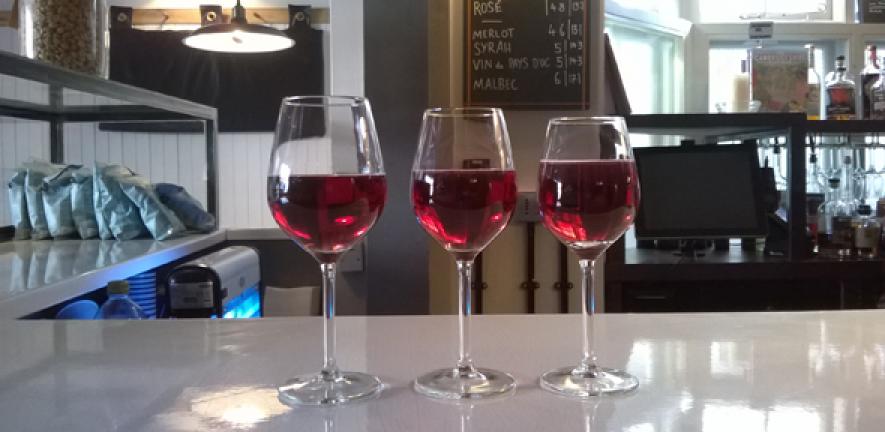
Selling wine in larger wine glasses may encourage people to drink more, even when the amount of wine remains the same, suggests new research from the University of Cambridge. In a study published today in the journal BMC Public Health, researchers found that increasing the size of wine glasses led to an almost 10% increase in wine sales.
Selling wine in larger wine glasses may encourage people to drink more, even when the amount of wine remains the same, suggests new research from the University of Cambridge. In a study published today in the journal BMC Public Health, researchers found that increasing the size of wine glasses led to an almost 10% increase in wine sales.
It’s not obvious why this should be the case, but one reason may be that larger glasses change our perceptions of the amount of wine, leading us to drink faster and order more
Rachel Pechey
Alcohol consumption is one of the leading risk factors for disease and has been linked to conditions such as type 2 diabetes, cancer and liver disease. The factors that influence consumption are not clear; a recent Cochrane review published by the Behaviour and Health Research Unit (BHRU) at the University of Cambridge found that larger portion sizes and tableware increased consumption of food and non-alcoholic drinks, but found no evidence relating to consumption of alcohol.
To examine whether the size of glass in which alcohol is served affects consumption, the team at the BHRU, together with Professor Marcus Munafo from the University of Bristol, carried out a study in The Pint Shop in Cambridge from mid-March to early July 2015. The establishment has separate bar and restaurant areas, both selling food and drink. Wine (in 125ml or 175ml servings) could be purchased by the glass, which was usually a standard 300ml size.
Over the course of a 16-week period, the owners of the establishment changed the size of the wine glasses at fortnightly intervals, alternating between the standard (300ml) size, and larger (370ml) and smaller (250 ml) glasses.
The researchers found that the volume of wine purchased daily was 9.4% higher when sold in larger glasses compared to standard-sized glasses. This effect was mainly driven by sales in the bar area, which saw an increase in sales of 14.4%, compared to an 8.2% increase in sales in the restaurant. The findings were inconclusive as to whether sales were different with smaller compared to standard-sized glasses.
“We found that increasing the size of wine glasses, even without increasing the amount of wine, leads people to drink more,” says Dr Rachel Pechey from the BHRU at Cambridge. “It’s not obvious why this should be the case, but one reason may be that larger glasses change our perceptions of the amount of wine, leading us to drink faster and order more. But it’s interesting that we didn’t see the opposite effect when we switched to smaller wine glasses.”
Professor Theresa Marteau, Director of the Unit, adds: “This suggests that avoiding the use of larger wine glasses could reduce the amount that people drink. We need more research to confirm this effect, but if it is the case, then we will need to think how this might be implemented. For example, could it be an alcohol licensing requirements that all wine glasses have to be below a certain size?”
The research was funded by the Department of Health.
Reference
Pechey, R et al. Does wine glass size influence sales for on-site consumption? A multiple treatment reversal design. BMC Public Health; 7 June 2016; DOI: 10.1186/s12889-016-3068-z

The text in this work is licensed under a Creative Commons Attribution 4.0 International License. For image use please see separate credits above.




